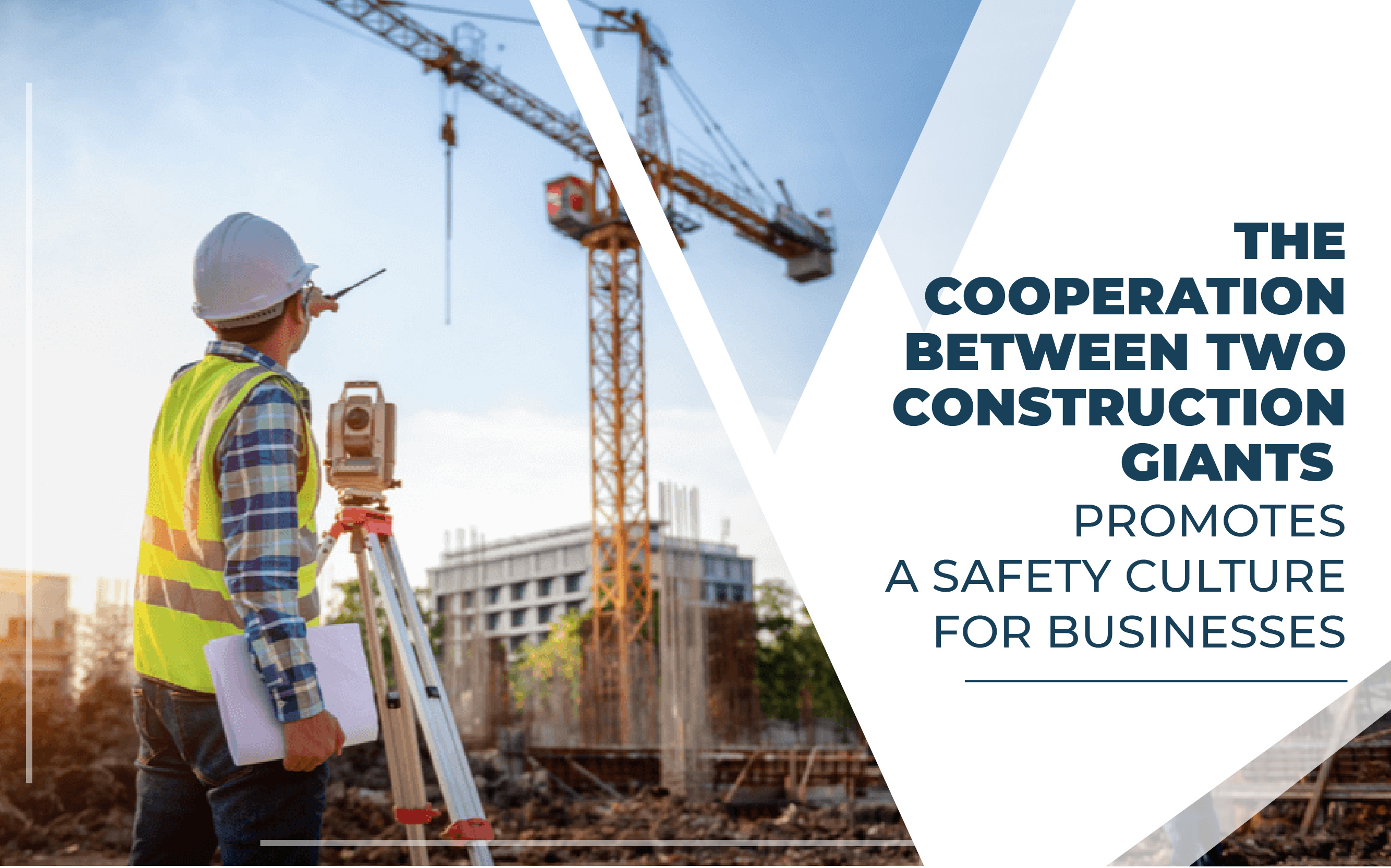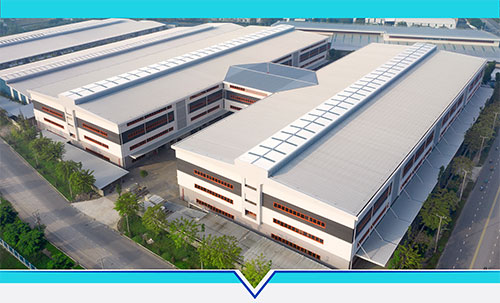More magically, office staffs of that corporation just need to use mobile phone / app to order the coffee while … waiting for the elevator to go down. On received order, the Robot quickly executes it and the office staffs will be served properly by entering the right order code.
The Robot is not tired, not erroneous and programmed with a bright smile despite making thousands of coffee cups or more than that all day long.

My friend is an office staff and passionate about car. He is so passionate that he has never got it washed in a shop but does it on by himself. He said he would establish a robotic car washing system when he retires. In response to my question, my friend said that not every car washer loves car like their owner. In fact, scratches on the car surface are simply because they scrub excessively. I asked whether he was way too strict. He said no, it was not the case for nowadays when many countries have used robotic car washing system without these “errors”. Problems ranging from how to design a quick, clean car washing system to how to make the cleaning water strong enough will completely clean the cars within few minutes like in US film.
With regard to the Industry 4.0, the most salient point is breakthroughs in technology that promote the automation in production assembly. The work system will be automated with Internet of Things, cloud computing, and a wide range of “smart factories” where machinery and equipment are all improved by the most optimized automation process.

Micro robots will read the bar code and classify goods automatically
Mid 2018, while the Industry 4.0 is being promoted by discussion in workshops and conferences, Lazada, the Southeast Asia’s leading e-commerce platform, doing business in Indonesia, Malaysia, Philippines, Singapore, Thailand and Vietnam has stayed ahead of the Industry 4.0 by establishing a robotic goods classification system in Hanoi. This is the second robotic hub of Lazada following the successful launch in Ho Chi Minh City in November 2017.
As one of the pioneer in digitalized platform, Lazada has comprehensively integrated the whole system from functional departments to hubs, from sales, goods receipt, packaging to delivery to customers by the most optimized robotic system.

Lazada’s robotic goods classification hub
The company has to pay for a huge number of staffs to work for the sole process of classifying millions of goods and packaging by standards. However, it becomes totally different with the use of the robots on automatic production assemblies.
Adopting the robotic goods classification hub, Lazada could classify 10,000 goods per hour, equivalent to 240,000 products per day on condition of full capacity as machinery works nonstop. Lazada’s hub works 24/7. Thanks to automatic assembly integrated with smart bar code reading function, the hub’s managing to deal with tens of thousands of orders per day becomes much easier because on recognizing the order based on the bar code, robot will automatically classify goods by dimension, address, then allocate to each different delivery hub and each logistics service providers.
The automatic hub has brought several apparent benefits. First and foremost, instead a factory with thousands of staff of all kinds, at the goods receiving and delivering hubs, there are only hundreds of staffs in charge of finding out what needs addressing and other procedures with the third party.
The Industry 4.0 – the age of robots and automatic factories, is about to come. Despite worries over employment deprived by Robots given the Industry 4.0, it is admitted that happiness of those who smile with the Robots makes it worth for Vietnam to forget the worries and warmly welcome the new age. And humans, they are supposed to improve themselves to take better ownership of the automatic machinery.
At the last stage, staff is responsible to look at the packaged parcels by standards, taking notice of any issue










Comment